
Histiocytoma (dog) Wikipedia
Treatment Costs of Histicytoma In Dogs. The cost of a Histiocytoma removal and biopsy can range from $300 - $1,200 depending on location and provider. This may or may not include the cost for your initial visit and may increase if your pet has other conditions or is geriatric.
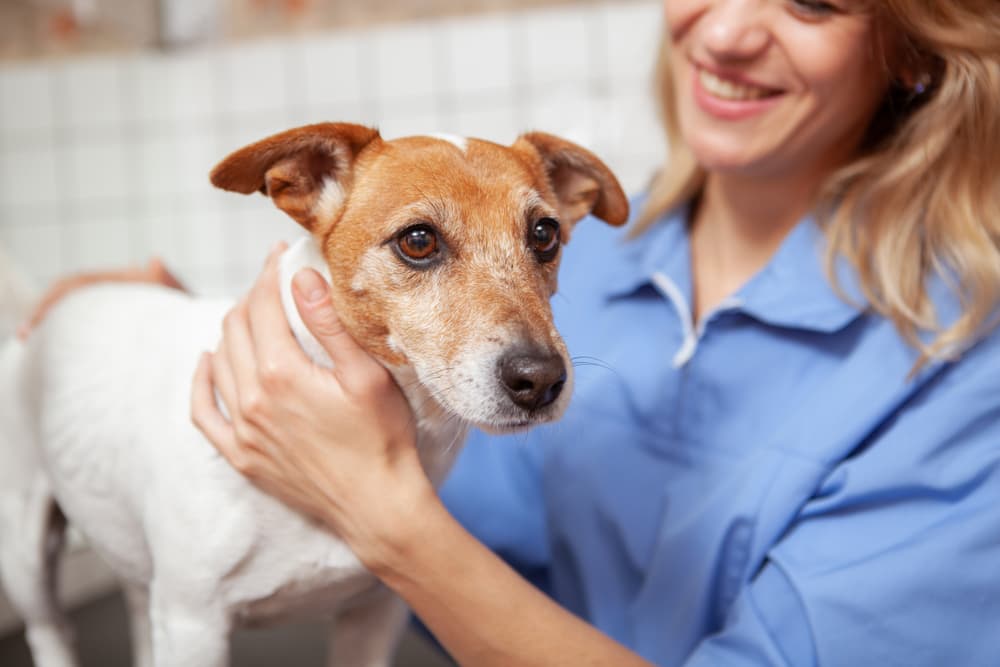
Histiocytoma in Dogs Great Pet Care
Photo courtesy of Dr. Carol Foil. The histiocytoma is a benign skin growth that usually goes away by itself within a couple of months. The typical histiocytoma patient is a young adult dog, usually less than two years of age, with a round eroded growth somewhere on the front half of its body. Of course, not every patient seems to have read the.

Multiple cutaneous histiocytomas treated with lomustine in a dog
Histiocytomas are a type of benign skin mass or "tumor," meaning they are non-cancerous or not malignant. Read on to learn more about what causes them, what they look like, and how they're treated. Causes of Histiocytomas in Dogs What do histiocytomas look like? How are histiocytomas diagnosed in dogs?

Slicing, Dicing and Biopsying the Benign Histiocytoma PetMD
Diagnosis of Histiocytoma in Dogs Diagnosis depends on getting a tissue sample to be able to examine it under a microscope. This is a simple procedure that can be carried out without taking much time. Your veterinary caregiver will use a needle or a punch biopsy to take a bit of tissue for examination.
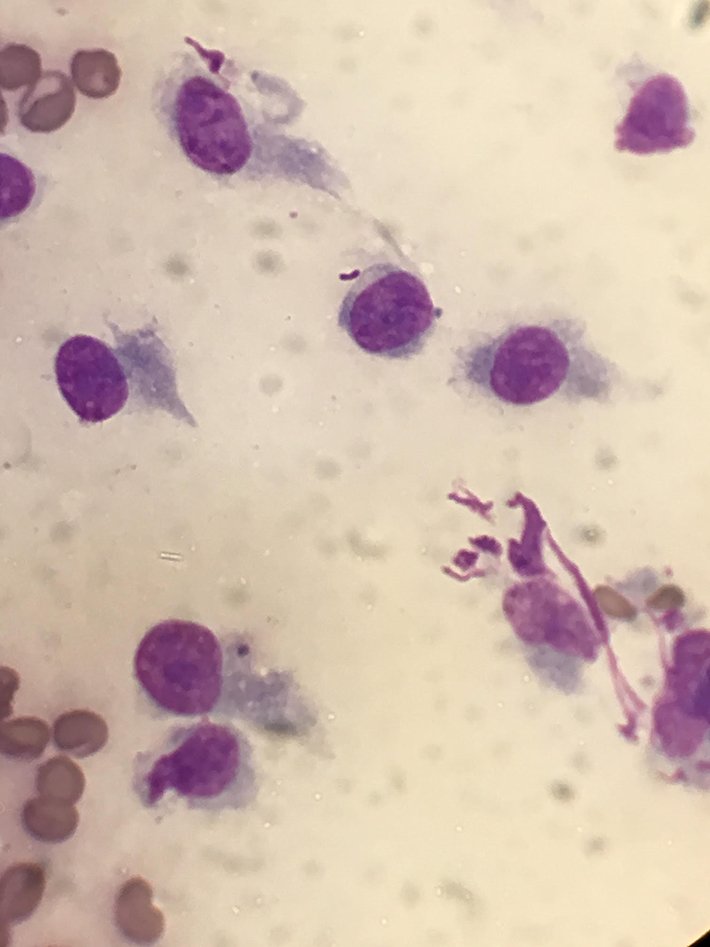
Histiocytomas in House Pets Lazy Paw Vet Library
Causes of Histiocytoma in Dogs. The cause of the condition is due to a dog's immune system. Specifically, the growths are caused by the Langerhans cell. Generally, younger dogs under the age of.
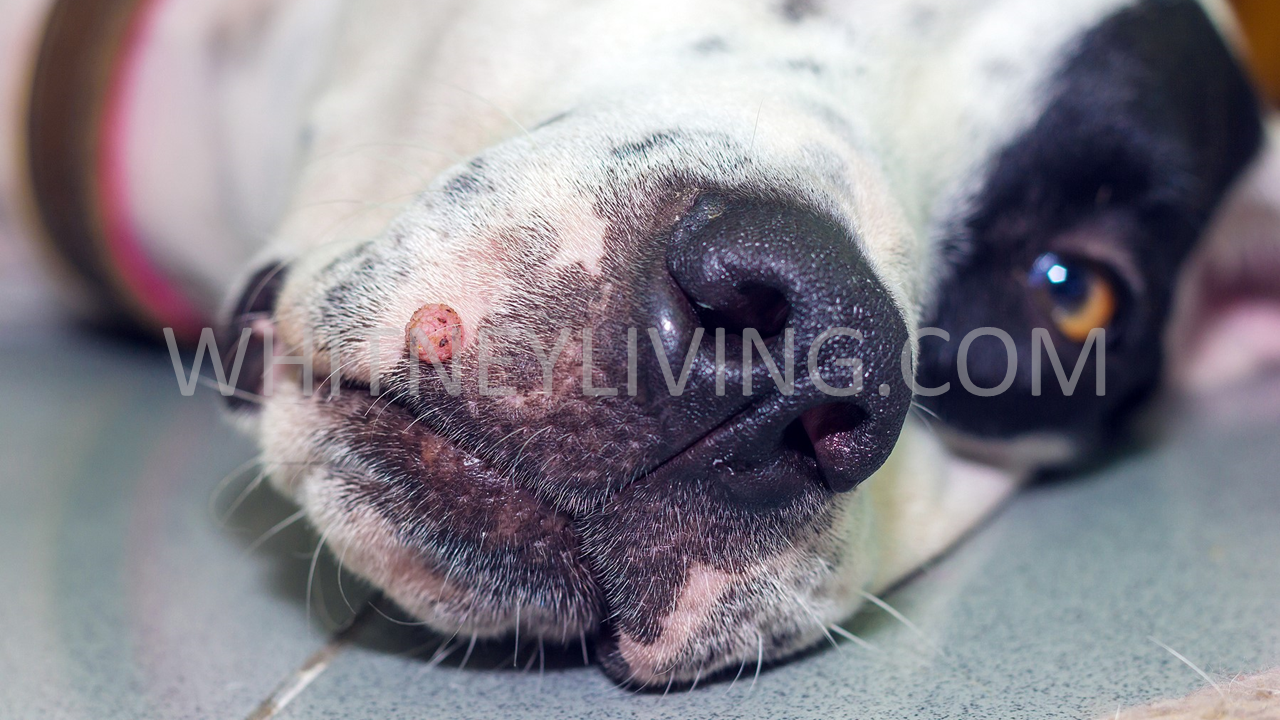
5 Histiocytoma Dog Home Treatment And Cure
Histiocytoma is a tumor that originates from histiocytes, a group of lymphoid cells that are an essential part of the dog's immune system. Cutaneous histiocytoma is a very common benign tumor in dogs. One report from the United Kingdom claims that histiocytoma is the most common single tumor type in dogs [1].
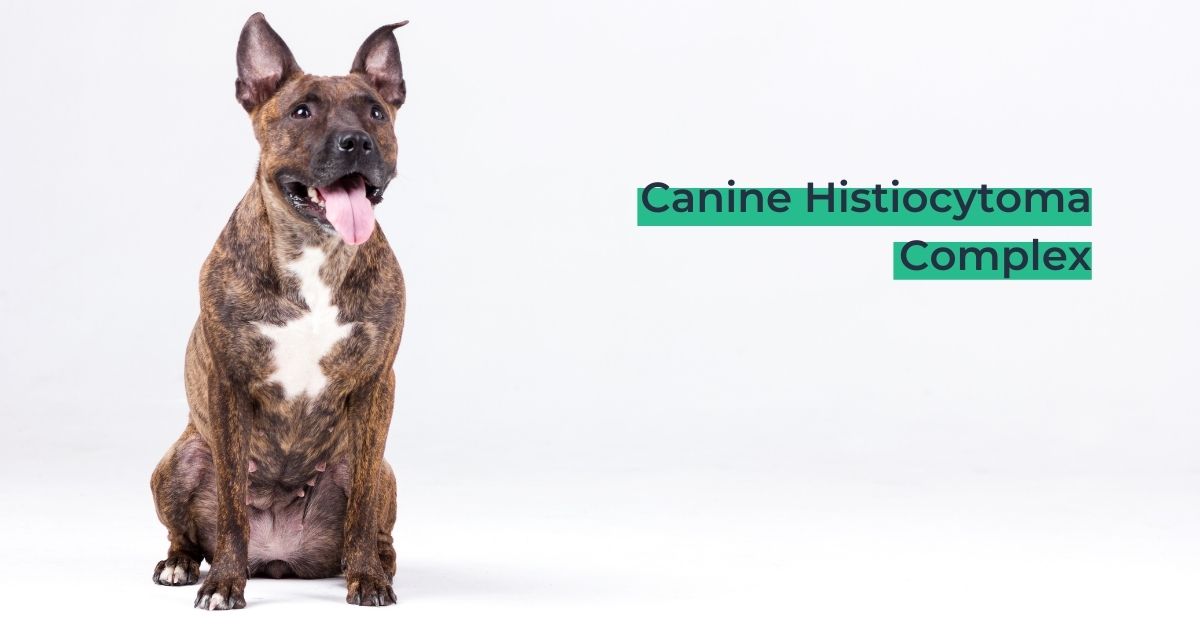
Canine Histiocytoma Complex I Love Veterinary Blog for
Histiocytoma in dogs is a benign skin growth that develops in young dogs, typically less than 2 years of age. These skin masses develop without warning, typically on the front half of the dog's body. Table of Contents What Causes Histiocytoma in Dogs? Symptoms of Histiocytoma in Dogs How is a Histiocytoma Tumor Diagnosed in Dogs?
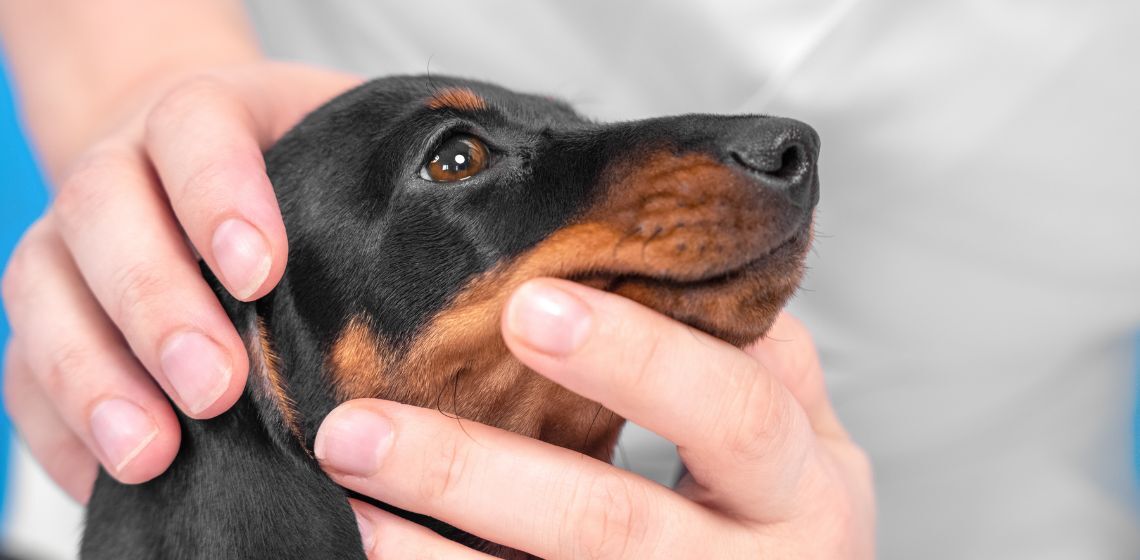
Histiocytoma in Dogs Causes, Symptoms, and Treatment
A histiocytoma is a benign tumor that usually occurs in younger dogs. They are notorious in Boxers. They are generally rapid-growing, hairless, red spots found on your dogs' skin. They can regress and go away on their own but are also commonly removed via surgery.

Button tumor (histiocytoma on labrador retriever Pets, People and, Life
A cutaneous histiocytoma (not to be confused with histiocytosis) is a common, harmless (benign) tumor of Langerhans cells. In the tumor's early stages, over the first one to four weeks, the cells grow rapidly. During this rapid growth, they often ulcerate and may become infected. Later, they may regress spontaneously.
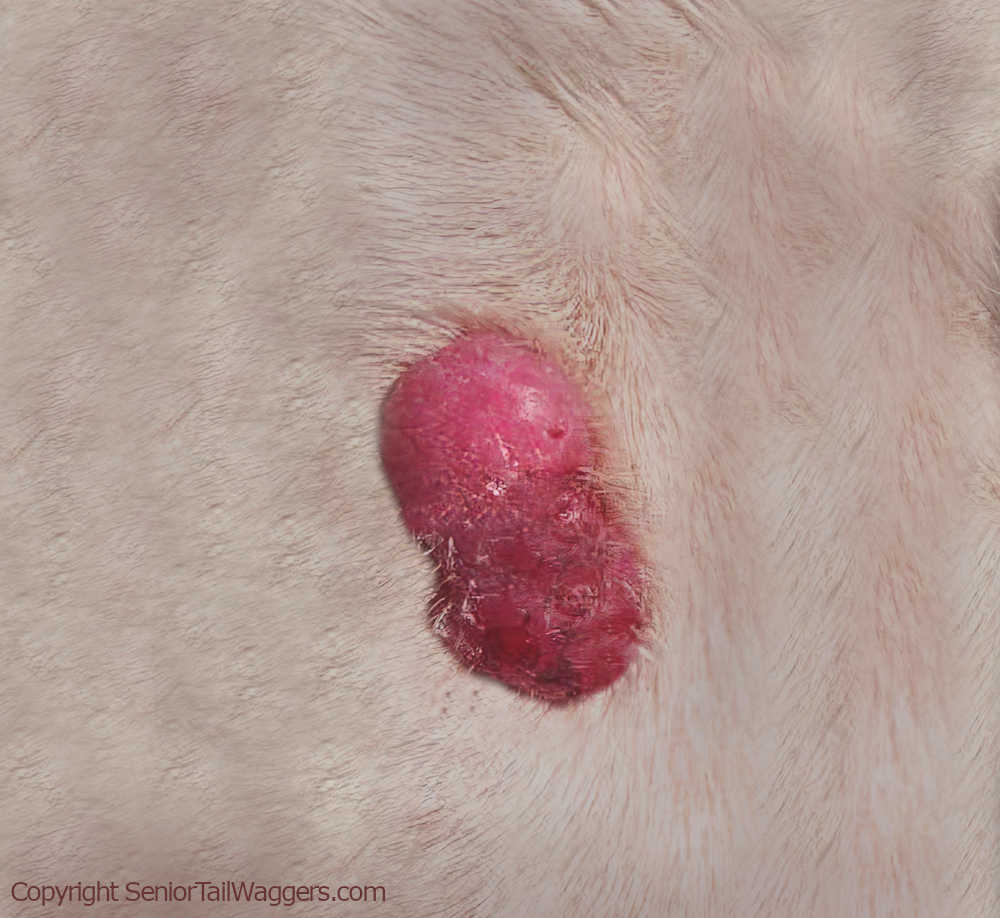
Histiocytomas in Dogs Pictures & Veterinarian Advice
A Histiocytoma is a growth that develops on the surface of a dog's skin. Histiocytomas are benign, non-cancerous nodules, commonly known as round cell tumors. Histiocytoma can occur in any breed of dog but boxers, bulldogs, and flat-coated retrievers are the more commonly affected breeds. Histiocytomas are not contagious and they tend to be.

Histiocytoma in Dogs Symptoms, Treatment and Prevention Health info
Key Takeaways You generally do not need to treat histiocytoma in dogs. Most will regress and disappear on their own, usually in two or three months. A histiocytoma that becomes infected or is otherwise irritating may need to be surgically removed rather than waiting for it to disappear.

5 Canine Histiocytoma Home Treatment
Symptoms & Signs. Histiocytomas are usually raised, red, hairless growths that occur on the head, neck, trunk, or front legs. Histiocytomas usually occur in dogs under two years of age, but they have been known to occur in older dogs as well. Older dogs may develop histiocytomas anywhere on the body.

7 Clinical Signs of Histiocytoma in Dogs Dogs, Mast cell tumor dogs
Histiocytosis is a condition with white blood cells that form tumors (histiocytomas) in tissues and organs, like the skin, bones, spleen, liver, lungs, and lymph nodes. There are two types of histiocytomas in dogs, canine cutaneous histiocytoma and malignant histiocytoma. Histiocytes are leukocytes or white blood cells that occur in the tissues.

9040d1267310196 histiocytoma dsc05053 Dog skin problem, Dog skin, Pet
Updated on 02/13/2023 Overview Severity: i Low - Medium Life stage: Puppy, Adult A histiocytoma is a type of skin tumor that affects young dogs and relatively benign. Any breed or crossbreed can get histiocytomas, but it appears that Boxers and Dachshunds are more prone to getting histiocytomas.

Pin on dog care
The histiocytoma is an unsightly but benign skin tumor that tends to arise on the skin of young dogs. While young dogs (under three years of age) are more likely to get these (especially on the face and extremities), histiocytoma in dogs can happen at any age in just about any location.
:max_bytes(150000):strip_icc()/what-is-a-histiocytoma-3384906_FINAL-5bacfa95c9e77c0025469c05.png)
How to Treat Histiocytomas in Dogs
Canine Histiocytoma is a benign, pedunculated, or nodular neoplasm that arises from monocyte-macrophage cells in the skin. They are usually firm and well-circumscribed but sometimes, on palpation feel soft. The overlying hyperpigmented skin is keratotic or shiny and when the tumor is pinched, there is a depression on the surface.